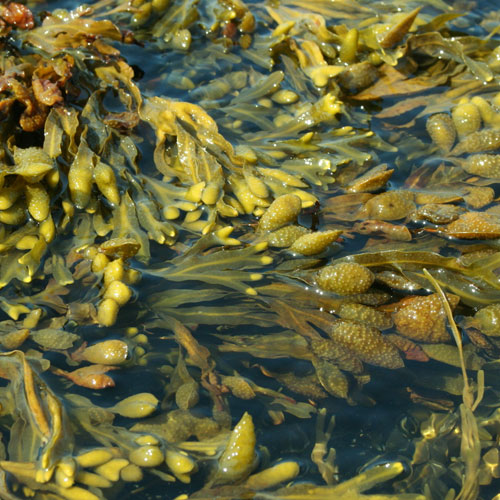Cherry tomato Nutrition facts
Cherry tomatoes are low in calories and carbohydrates while being rich in essential nutrients. They…

Plants and trees supports the mother earth is various ways and maintains a dignified life till they depart from this Earth. Some lives in this beautiful planet for many years while others die within few years of sprouting. But all said and done they live a purposeful life till they depart from this lonely planet. Now, it is human beings turn to preserve the plants and trees by planting millions of sapling throughout the word. This topic will deal with the plant named Gim which is a seaweed found in many parts of the world, especially in colder regions like arctic and Antarctic. The botanical name of this wonderful seaweed is Porphyra which belongs to red algae family.
These seaweeds grow near the seashore, especially in the rocky surfaces found near the seabed. Gim is a Korean word for this plant. In Japan they call this plant is nori. There are more than seventy species under Porphyra family. This seaweed which prefers cold and shallow seawater are found abundantly in intertidal zone and the splash zone in cold waters of temperate oceans.
The prominent color that is found on the body of the seaweeds is rose-pink, but it varies from place to place. The other colors that are found on the body of these species are mottled reds, yellows, browns and greens.
These species have a complex life history. The microscopic stage is called conchocelis which generally consists of filamentous branches. These filaments will grow and become swollen branches which is called as conchosporangia that will extrude contents as cells which is called conchospore which will develop into porphyra. These reproductions also differ from one species to another. The monospores produced at thallus margins reproduce the blades asexually. Spermatia and carpogonia are formed in packets at the blade margins. Spermatia attach and effect fertilization. The zygote then divides to form a packet of diploid cells, carposporangium. Diploid carpospores are released from the carposporangium and form diploid conchocelis filaments again for over-summering.
The cultivation began in the 17th century in the countries such as Japan, Korea and China and has become one of the most important industries. A famous scientist Mr. Kathleen Drew Baiker discovered that Conchocelis rosea was a actual a stage in the life history of Gim. This discovery resulted in laver farming which is becoming a prosperous aquaculture in China, Korea and Japan. Laver farming also expanded to other countries like Africa, North America and Europe. Gim cultivation can be divided into 5 distinct phases during production.They are conchocelis culture, collection of conchospores, ongrowing in open sea, harvesting and processing.
The farming methods are
The first harvesting begins after rearing the seaweed in the open sea for more than 45 days. The two methods followed while harvesting are machine and manual method. The harvested thalli is cut into several pieces and dried after washing in sea and fresh water.